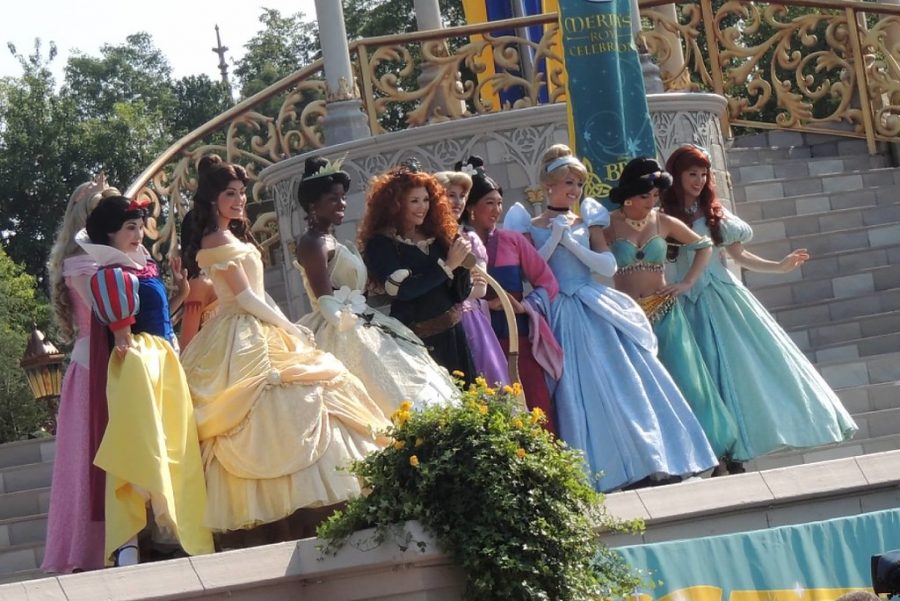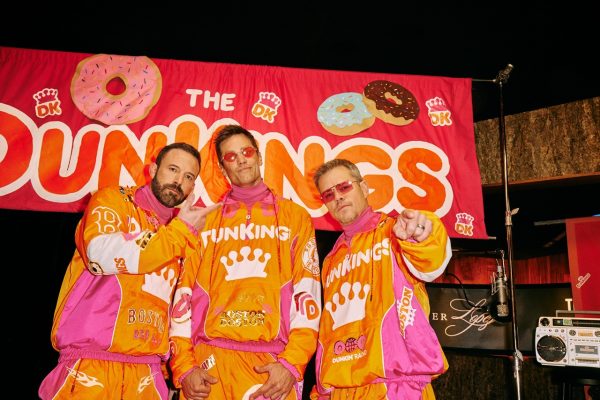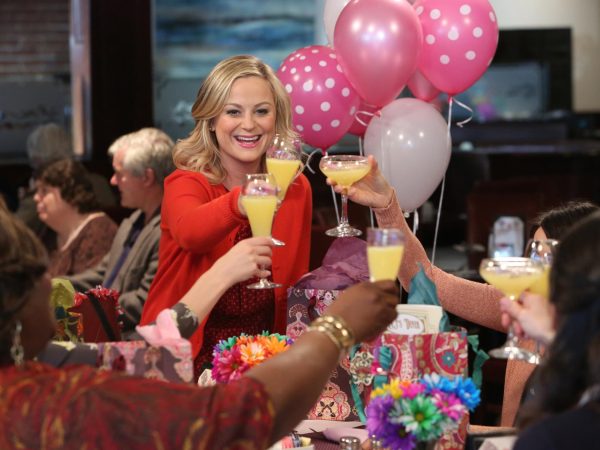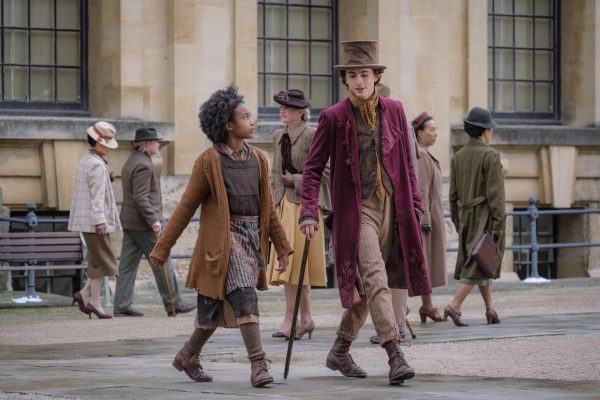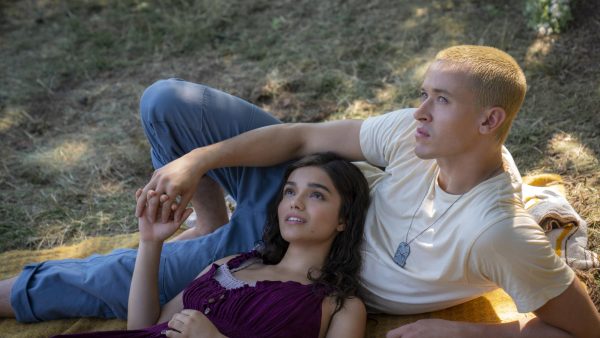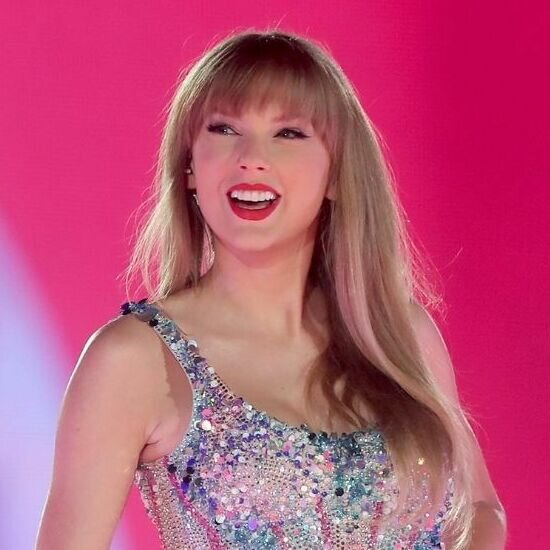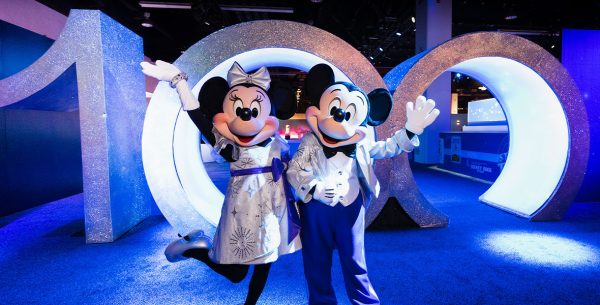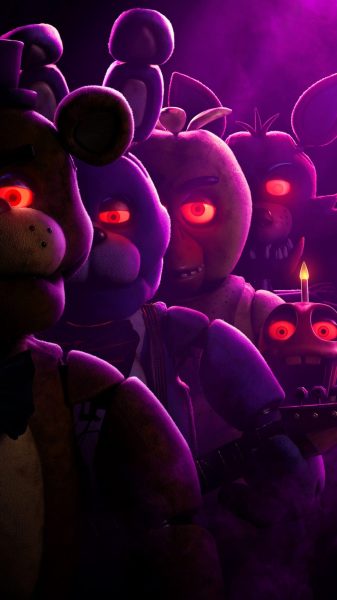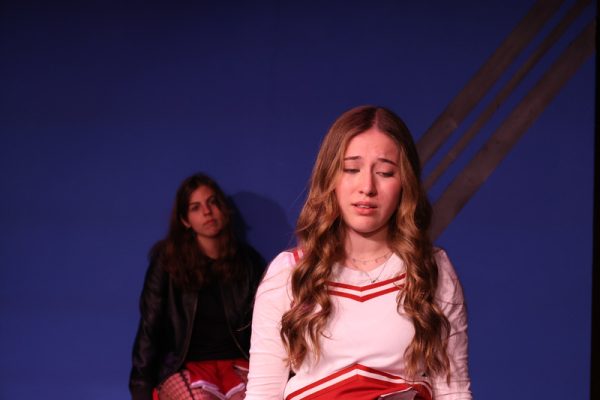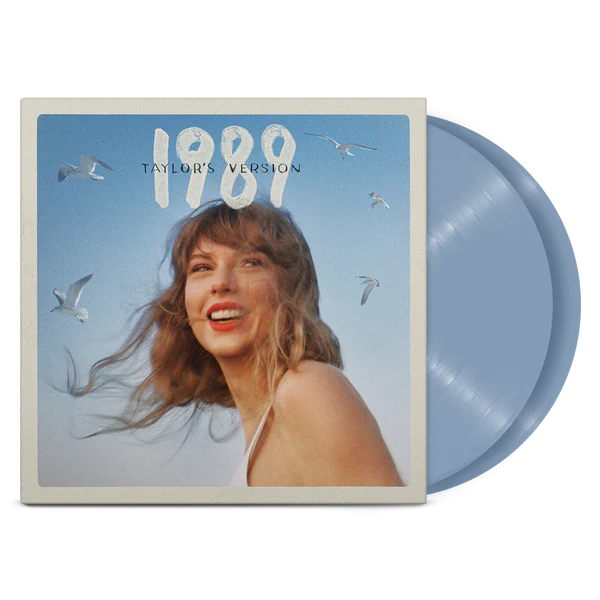The impact of Disney princesses on young girls
At the tail end of Women’s History Month, let’s examine popular portrayals of women in children’s films
March 28, 2021
The name Disney is recognized across the globe as a leader in entertainment and business with its broad reach across many sectors of our daily lives. Since the Disney Corporation has permeated many sectors across the globe, it is no surprise that the Disney brand has had a major impact on society as well. One facet of Disney’s impact on our daily lives has been the Disney princesses that Disney created since the early days when Disney Corporation was formed.
Disney princesses have had an impact on young girls across the globe. These princesses can almost act as role models for young girls, as they are kind, loving and compassionate. However, through the years, these princesses have evolved over time to reflect the changing standards of each generation.
The Disney princess movies can be sorted into three generations; the first Disney princess movies created from 1939-1959, feature “Snow White,” “Cinderella” and “Sleeping Beauty.” These princesses are kind and compassionate, however, they all need a prince to save them from the terrible state in which they are found in. The three princesses found in this era are portrayed as young, pretty white females. During this time period, minority groups were still discriminated against and a women’s only purpose was to get married and have children. The Disney princesses of this time period reflect these ideals that were set by society.
In 1989-1998, “The Little Mermaid,” “Beauty and the Beast,” “Aladdin,” “Pocahontas” and “Mulan” movies were created. The princesses from these films consist of Ariel, Belle, Jasmine, Pocahontas and Mulan. The princesses found within this time period possess more of a personality as they are seen as self-determined and driven, unlike the time period before in which they seemed almost helpless.
Belle, for example, shows that girls can be smart and get an education. Mulan takes her father’s place in battle as she shows her bravery in fighting for her country. Many of these characters don’t settle for a man, as Jasmine does not settle for Jafar, the villain, who she is able to see that he views her as almost an object or as Jasmine states in her film, “How dare you all you standing around deciding my future… I am not a prize to be won.” Diversity is also seen in this time period, as Disney introduces Native American, Chinese and Indian princesses. Although these characters are strong-willed, independent, and determined princesses, they still all get married at the end of their movies, but they followed their dreams and did not settle for less.
The current generation of Disney princesses, which is from 2009 to the present day, consists of a big selection of movies: “The Princess and the Frog,” “Tangled,” “Brave,” “Frozen,” “Moana” and “Raya and the Last Dragon,” which are completely different from the time periods beforehand. These princesses consist of Tiana, Rapunzel, Merida, Anna, Elsa, Moana and Raya. A notable difference from this generation of princesses to the two previous generations is that these princesses fight for what they believe is right as well as follow their dreams. A drastic change from the generations beforehand is that many of these princesses don’t get married.
Diversity is seen throughout these movies as there is representation from African Americans, Polynesian and Asian races. Tiana, the first African American princess, is driven to open her own restaurant, through her journey she finds love, however, is happy and is able to open up her dream restaurant. Rapunzel is driven to see the floating lanterns, so she makes a deal with Flynn Rider, this leads them on a journey in which in the end they fall in love. Merida, a very strong-willed princess has no interest in love, she also steers away from feminine qualities such as liking dresses and doing one’s hair as she enjoys archery, which in her movie is portrayed as a man’s sport. Her movie shares the message that a girl can do anything a guy can do if they put in the effort and determination.
In “Frozen,” although Anna gets married, her sister Elsa does not have a love interest in either of the “Frozen” movies. This brings a positive message to young girls to show them that they can be independent in life. Moana expresses her bravery in saving her kingdom as she teams up with a demigod Maui, who is actually not as powerful as she believes he is. She also does not ever come across a love interest. Raya the newest princess, is a warrior princess, who also possesses no interest in love as well.
Many of these princesses steer away from feminine traits that were seen in the previous generations of princesses. Instead, they follow their own dreams and show that girls are capable of doing anything. This generation of Disney princesses is very unique, although three of these princesses get married, the others don’t, which shows young girls that their life is not just all about marriage. This generation of Disney princesses has a very positive effect on young girls today.
In 2019, NPR stated “Disney has made an effort to diversify and empower its princess cast in recent decades, responding to criticisms that the brand is too white and casts women in passive roles. Since the introduction of Jasmine in 1992, four young women of color have been added to the company’s official princess lineup: Pocahontas, Moana, Tiana, and Mulan.”
Disney did a decent job in making the Disney princesses more diverse throughout the years but all of the princesses, however, all have a very similar figure as they are all beautiful and skinny. This could impact many younger girls who don’t feel they look like these princesses. This could affect a girl’s self-esteem and create insecurities.
The overall impact of the effect of Disney princesses on young girls is good as Disney is redefining the current generation of Disney princesses, by creating more diversity as well as driving away from feminine characteristics and ideals that were seen in the previous generations of princesses. Hopefully in the future Disney will create more body-type diversity as well as continue the positive impact these princesses have on young girls.

